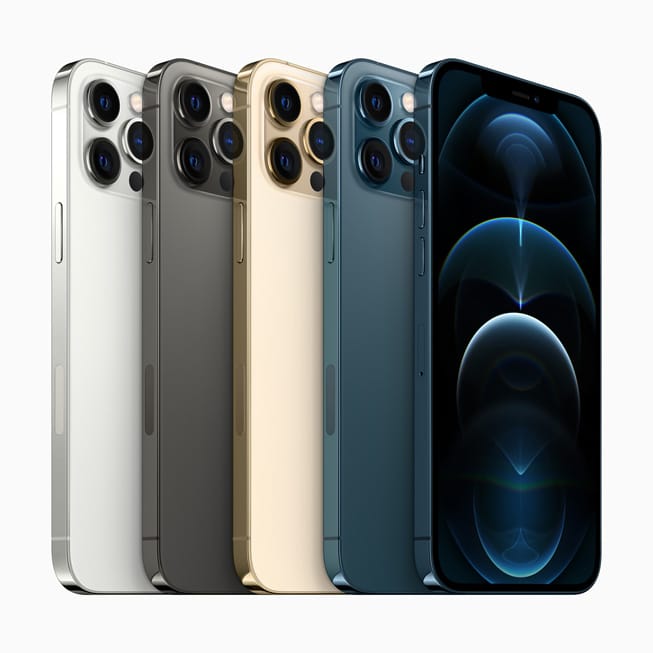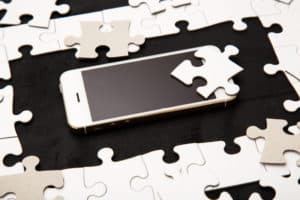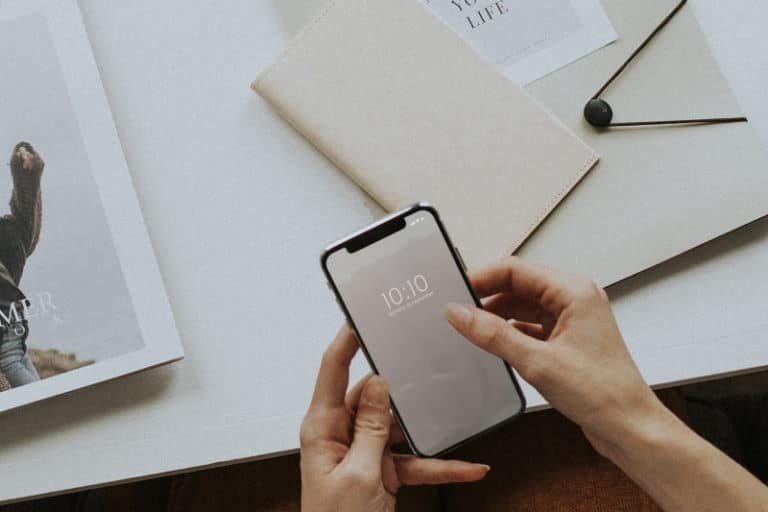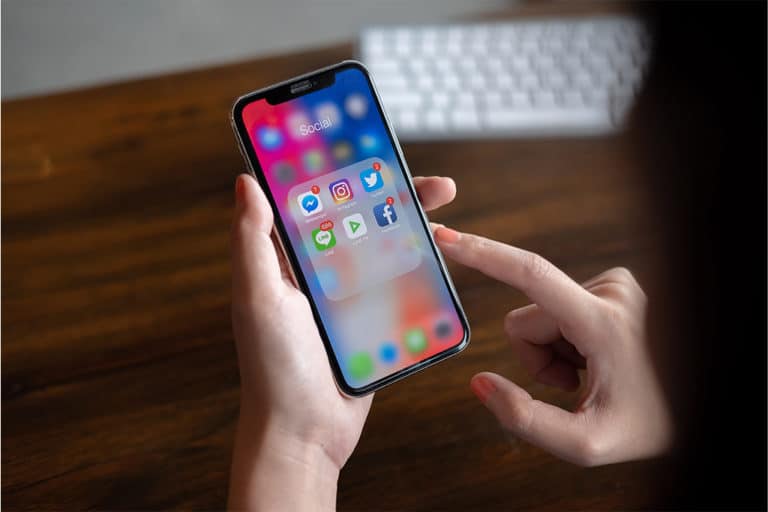The new iPhone 12’s have been out for a while, however, after Apple bombarded many news releases and devices in the last couple of weeks (Apple M1 Mac devices ) this meant the iPhones have put on the backstage for a couple of weeks.
The new iPhone 12 generation of devices streaks a new design reboot for Apple, moving away from the “Big Era” design started with the iPhone X three years ago, and regaining the flat side-frame looks that were found in past iPhone generations of the 4, 4S, 5 & 5S series, Apple is making the old new again.
The new iPhone 12 series is also Apple’s vastest range release ever, with a total of four new iPhones: the iPhone 12 mini, at the lower range, the iPhone 12, for the regular standard and continuing to offer the Pro models in the form of the iPhone 12 Pro and 12 Pro Max.
We’ll be focusing on the iPhone 12 and 12 Pro for this review.
The new iPhone 12 series are powered by Apple’s new A14 SoC chip processor, it has two high performance cores and four power-efficiency cores, as well as a 4-core GPU.
In terms of DRAM, Apple fits the iPhone 12 mini and iPhone 12 with 4GB of LPDDR4X, while the Pro models are getting a larger 6GB pool. NAND storage this generation wasn’t changed all that much for the lower-tier models which are still 64GB base, with configuration upgrades of 128 or 256GB. Pro models will start out with a 128GB base model and with larger configurations ranging from 256 up to 512GB.
The most important new feature of this release will be 5G connectivity. . It will be relevant for countries using only mmWave antennas which are only deployed in the US model right now. Interestingly, Apple mmWave modules are designed by Apple themselves and not sourced from Qualcomm – which makes the new iPhones the first devices on the market to have a non-Qualcomm antenna solution.
Regarding the design, the new iPhone 12 is a fusion of old and the new. What’s new on all new devices is their screens, having 6.06” 2532 x 1170 OLED displays. The iPhone 12 shares the same display specifications as the iPhone 12 Pro, something which couldn’t be said of last year’s iPhone 11 having a lower-resolution LCD display and generally different features as the iPhone 11 Pro.
The new iPhone 12’s Regular and Pro in terms of screen specifications is that the standard model does not get as bright as the Pro.
On the back of the phones, you have a different camera setup, the Pro model again comes with a frosted glass back cover where the regular iPhone 12 uses a glossy glass finish
The new design is quite different from the past 3 years of iPhones. Apple reduced the bezel of the screen while still maintaining an asymmetric look on all the sides. Giving a visual impression that the new iPhone 12/12Pro is narrower than the iPhone 11 Pro, even though that’ this is not actually maybe because it is a few millimeters taller.
I don’t know why Apple’s decision to go retro as the older generation iPhones. My first impression is that it is a massive step backward in terms of ergonomics.
That first bad impression dissolves after a few weeks of usage we get used to it, but as soon as I go back to the 11 Pro or another rounded frame phone it’s immediately striking how much better it feels in the hand.
In terms of button layout, we see the same setup as the previous generation iPhones, two volume buttons on the left side beneath a silent mode switch, with the power button on the right side – so nothing new there. I still do not understand why Apple hasn’t attempted it on the new iPhone line-up –the return of TouchID as an option alongside FaceID.
The iPhone 12 Pro comes with a steel frame and mirror finish, while the iPhone 12 comes in a matte aluminum build. Apple has been using steel frames for quite a while with the iPhone X designs, but it hasn’t been quite as striking as the design here on the new 12 Pro series.
Another big difference between the two phones is the fact that the steel frame (alongside the added camera) of the 12 Pro adds in another 25g to the weight of the phone from 189g to 164g, a difference that is not noticeable.
The main camera doesn’t appear to be different than the previous 11 series. It’s a 12MP sensor with 1.4µm pixels and full sensor dual-pixel coverage, however, the new camera modules employ a larger f/1.6 aperture lens which allows for 27% more light.
For the iPhone 12 mini and iPhone 12, the second camera module is ultra-wide, which again appears to be the same as on the 11 series, featuring a 12MP sensor with an f/2.4 aperture and a large 13mm equivalent or 120° angle FOV.
The novelties for this module this year lie on the software with Apple now enabling various new features such as computational night mode on this camera as well.
For the iPhone 12 Pro, the third camera module is a telephoto unit with a 12MP sensor on 52mm equivalent (2x optical magnification) optics with f/2.0 and OIS.
The Pro models also receive what Apple calls the LIDAR module, which is essentially a ToF sensor coupled with a structured IR light emitter, allowing for 3D depth sensitivity.
The iPhone 12 Pro Max has a more interesting camera setup, however, we’ll be reviewing this in the next couple of weeks.
In general, my impression and design of the iPhone 12 and 12 Pro is being twice as great or as many, depending on the model.
Starting off with the 12 Pro, we don’t like the new design as the frame edges and mirror finish are both not ergonomic. It’s a subjective opinion but we prefer the 11 Pro over this, even with the larger screen bezels.
The only reason I would choose the 12 series over the 11th is its major upgrade in terms of display, having a much higher resolution, and also switching over from an LCD to OLED. This was a major liking on my side.














